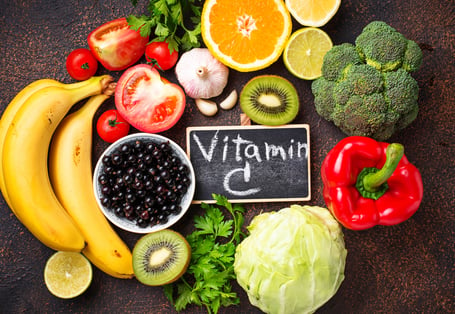 During cold and flu season, we try to do all we can to prevent illness or speed up how fast we recover from illness. One such strategy many employ is the use of Vitamin C for a natural remedy. Several products are marketed as immune system boosters because they contain large amounts of Vitamin C. Do these products really work? We set out to investigate!
During cold and flu season, we try to do all we can to prevent illness or speed up how fast we recover from illness. One such strategy many employ is the use of Vitamin C for a natural remedy. Several products are marketed as immune system boosters because they contain large amounts of Vitamin C. Do these products really work? We set out to investigate!
What Vitamin C Can Do for You
Vitamin C, also called ascorbic acid, is not made by our bodies. We must take in this vitamin in our diet. It is needed for not only immune function but also for these uses:
- Form collagen (skin, tendons, ligaments, and blood vessels),
- Repair and maintain bones and teeth
- Heal wounds and form scar tissue
- Aid in iron absorption
It can also help prevent cancer as an antioxidant by blocking damage that we are exposed to from air pollution, cigarettes, and UV rays from the sun.
Vitamin C deficiency is extremely rare today, but in the mid-1700s scurvy in sailors was very prevalent. Those at risk of low vitamin C intake are smokers, those with medical conditions that affect absorption (cancer cachexia), and individuals with little variety in their diets.
How Much Vitamin C Do You Need?
The recommended Dietary Allowance for men is 90 milligrams per day and 75 milligrams per day for women. Fruits and veggies are the best source of vitamin C—especially citrus fruits. It can be destroyed by heat, so cooking slightly reduces your intake. However, most of our best sources of vitamin C are consumed raw naturally, and we usually do not have to worry about this. To get a better idea of how to meet your daily requirement with food, here are the vitamin C contents of some common fruits and vegetables that are good sources:
- Red bell pepper (½ cup, raw): 95mg
- Orange, 1 medium: 70mg
- Green bell pepper, ½ cup raw: 60mg
- Broccoli, ½ cup cooked: 51mg
- Cantaloupe, ½ cup: 29mg
In short, you can skip the megadoses of Vitamin C at the pharmacy.
Can Vitamin C Treat or Prevent the Common Cold?
In the 1970s, research was released that suggested Vitamin C could successfully treat or prevent the common cold. Several studies since then have been inconsistent and have resulted in some confusion and controversy. To date, the most compelling evidence comes from a 2007 study that showed preventative treatment in the general population did not affect cold duration or symptom severity. However, in the trials involving marathon runners, skiers, and soldiers exposed to extreme physical exercise or cold environments daily as well as the elderly and smokers, there could be somewhat of a beneficial effect. It was concluded that taking Vitamin C after the onset of illness did not appear to be beneficial. Furthermore, at doses above 400mg, Vitamin C is excreted in the urine. A daily dose in the 1000–2000mg range can cause upset stomach and diarrhea.
If you want the benefits of Vitamin C, it is best to consume the recommended Dietary Allowance daily, before the start of symptoms. Ideally, you will get Vitamin C from your food instead of a supplement; you will also get several other important nutrients in addition to your Vitamin C. Remember to make half of your plate fruits and veggies at every meal or blend up a quick smoothie for an easy on-the-go snack, slice up peppers and dip in hummus, or ask for extra veggies on that sandwich, pizza, or salad.
This blog was written by Lindsey Hehman, MA, RD, CD. To learn more about the NIFS bloggers, click here.


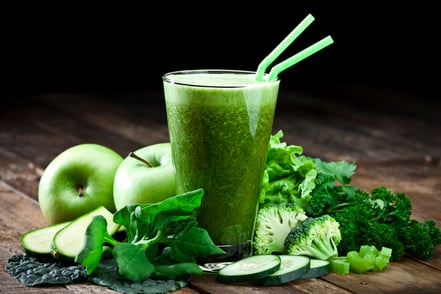 We’ve all been here before: When it seems the long, gray winter will never end and you make one more pot of hearty vegetable soup or another casserole; or when the lackluster tomatoes and almost pinkish-white strawberries just aren’t cutting it. It’s time to get creative!
We’ve all been here before: When it seems the long, gray winter will never end and you make one more pot of hearty vegetable soup or another casserole; or when the lackluster tomatoes and almost pinkish-white strawberries just aren’t cutting it. It’s time to get creative!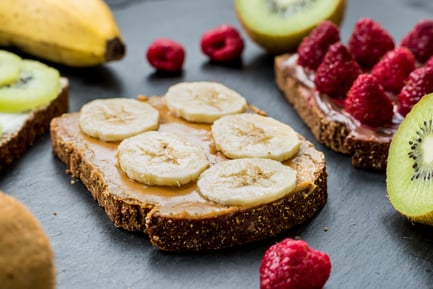 Do you feel like you get stuck in a rut eating the same things from week to week? On one hand it makes life a lot easier, right? You don’t have to scour through recipes, find that one illusive ingredient on the top shelf in the last aisle you looked in, or put the effort into prepping a meal that claims “30-minute prep” but in fact took you two hours. I completely understand!
Do you feel like you get stuck in a rut eating the same things from week to week? On one hand it makes life a lot easier, right? You don’t have to scour through recipes, find that one illusive ingredient on the top shelf in the last aisle you looked in, or put the effort into prepping a meal that claims “30-minute prep” but in fact took you two hours. I completely understand!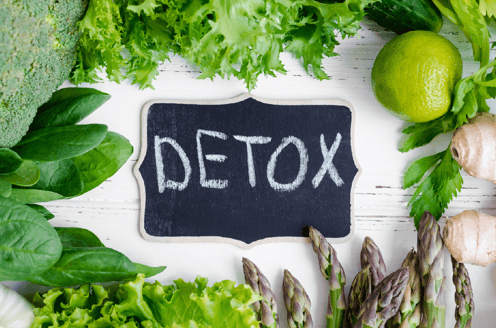 I’m sure you have seen or read about celebrities doing detox diets and cleanses before awards shows. Maybe you have thought about trying one of these crazy and wacky things yourself. Most of these diets are very low-calorie and can be dangerous if followed for an extended period of time.
I’m sure you have seen or read about celebrities doing detox diets and cleanses before awards shows. Maybe you have thought about trying one of these crazy and wacky things yourself. Most of these diets are very low-calorie and can be dangerous if followed for an extended period of time. 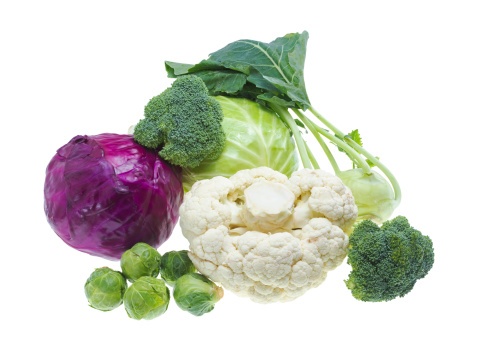 Cruciferous veggies like cabbage and Brussels sprouts: Due to the high amounts of fiber in these veggies, they help with gut health, kidney health, and liver health by keeping the body regular and removing toxins and waste. These foods also contain the phytochemical
Cruciferous veggies like cabbage and Brussels sprouts: Due to the high amounts of fiber in these veggies, they help with gut health, kidney health, and liver health by keeping the body regular and removing toxins and waste. These foods also contain the phytochemical 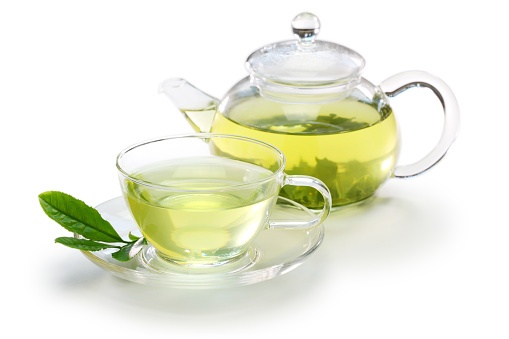 Green tea: Drinking liquids is always a wonderful and natural detox, and adding green tea to your water is extra helpful. It is high in catechin, a flavonoid, which speeds up liver activity and increases the
Green tea: Drinking liquids is always a wonderful and natural detox, and adding green tea to your water is extra helpful. It is high in catechin, a flavonoid, which speeds up liver activity and increases the 
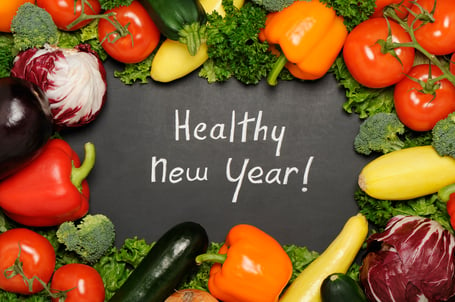 How many of us are guilty of making a New Year’s resolution and then struggling to stick to it by the time February rolls around? Even with the best of intentions, most of us have trouble maintaining the changes that start off so strong on January 1st. Often these promises to ourselves are centered around our overall health and well-being.
How many of us are guilty of making a New Year’s resolution and then struggling to stick to it by the time February rolls around? Even with the best of intentions, most of us have trouble maintaining the changes that start off so strong on January 1st. Often these promises to ourselves are centered around our overall health and well-being. ’Tis the season for swapping Christmas cookies, candy bowls, Hanukah dinners, holiday parties, and New Year’s Eve libations. We’ll take this month to refocus on a 10 simple ways to keep your body properly nourished and healthy this holiday season while keeping in mind that it is okay and certainly encouraged to partake in the holiday season festivities. New Year’s Resolutions are a great time to start new habits, but why not get a head start?
’Tis the season for swapping Christmas cookies, candy bowls, Hanukah dinners, holiday parties, and New Year’s Eve libations. We’ll take this month to refocus on a 10 simple ways to keep your body properly nourished and healthy this holiday season while keeping in mind that it is okay and certainly encouraged to partake in the holiday season festivities. New Year’s Resolutions are a great time to start new habits, but why not get a head start? There is good reason for confusion surrounding what might arguably be one of America’s favorite spreads, topping everything from toast to popcorn to potatoes. The butter-versus-margarine debate has been a hot topic for the last several decades and is still a slippery subject. We have begun to understand the possible dangers of our high saturated fat consumption to our health. However, at the same time we are told that margarines are “artificial,” while butter is the all-natural choice. Which do we choose?
There is good reason for confusion surrounding what might arguably be one of America’s favorite spreads, topping everything from toast to popcorn to potatoes. The butter-versus-margarine debate has been a hot topic for the last several decades and is still a slippery subject. We have begun to understand the possible dangers of our high saturated fat consumption to our health. However, at the same time we are told that margarines are “artificial,” while butter is the all-natural choice. Which do we choose?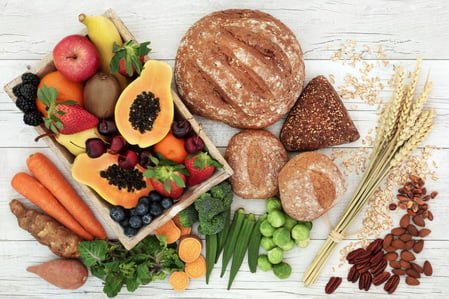 In recent years, carbohydrates have seemingly been blamed for our health problems. Many of us now shun potatoes, rice, and even fruit in fear of the dreaded pounds that could come with eating carbohydrates. While many diets demonize carbohydrates, others preach the benefits of higher-carbohydrate diets. Through all of this confusion, I will try to set the record straight.
In recent years, carbohydrates have seemingly been blamed for our health problems. Many of us now shun potatoes, rice, and even fruit in fear of the dreaded pounds that could come with eating carbohydrates. While many diets demonize carbohydrates, others preach the benefits of higher-carbohydrate diets. Through all of this confusion, I will try to set the record straight.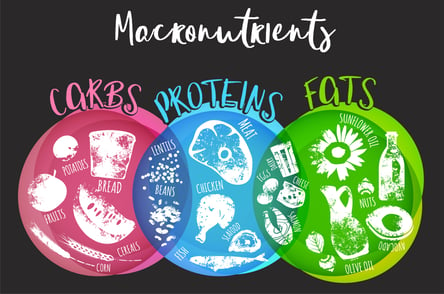 A diet that is balanced in its macronutrient distribution can help reduce the risk of disease and help with lasting weight loss. You might have heard of others tracking their “macros” and wondered if this is something that you need to do. So, why and how do you do this tracking?
A diet that is balanced in its macronutrient distribution can help reduce the risk of disease and help with lasting weight loss. You might have heard of others tracking their “macros” and wondered if this is something that you need to do. So, why and how do you do this tracking?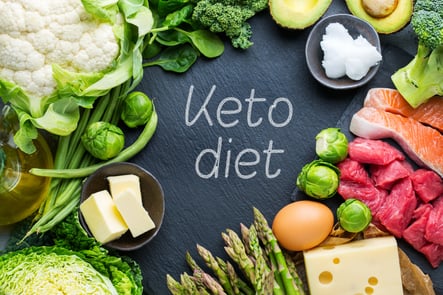 The “keto diet,” which is short for ketogenic diet, is a low-carbohydrate, high-fat diet that is similar to the
The “keto diet,” which is short for ketogenic diet, is a low-carbohydrate, high-fat diet that is similar to the